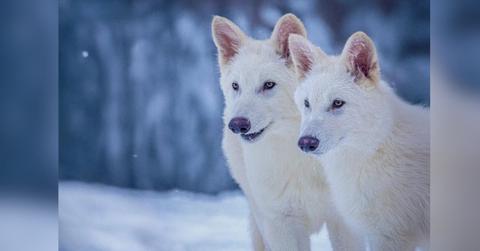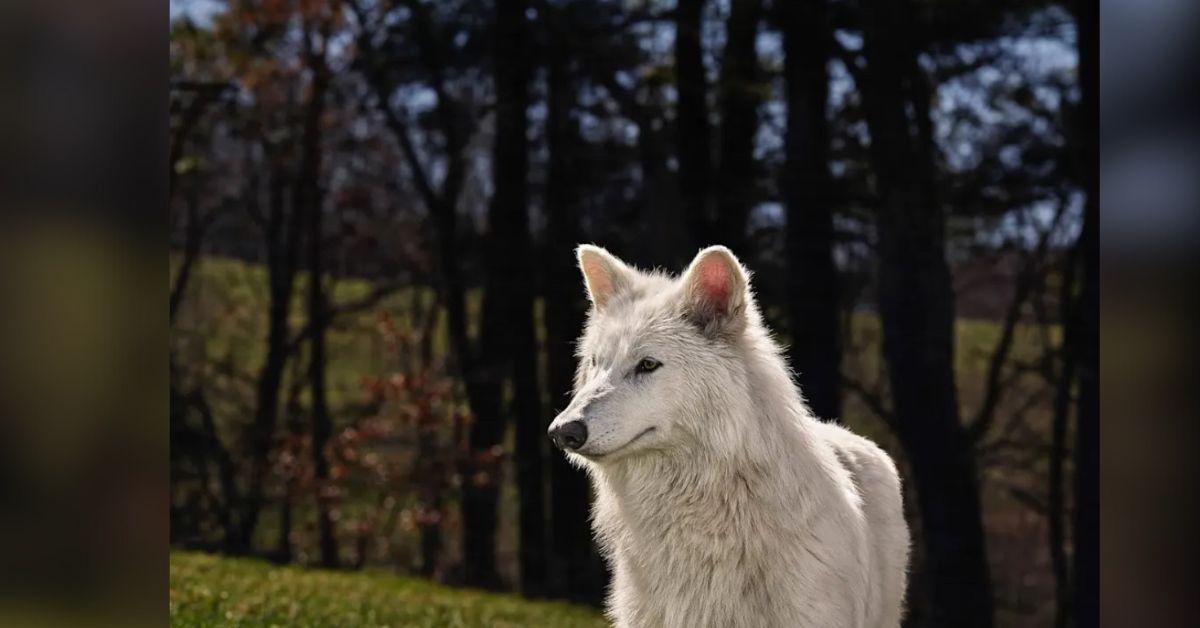 NEWS
NEWSHow Colossal Biosciences Set Off A Pop Culture Earthquake

May 27 2025, Published 1:48 a.m. ET
When Colossal Biosciences announced the arrival of their dire wolves, the internet nearly broke. It wasn't just a scientific breakthrough; it was a pop culture earthquake, sending ripples through social media feeds, news channels, and water cooler conversations across the globe. This isn't just about bringing back a forgotten species; it's about making science cool again, and in a world craving new narratives, Colossal is hitting all the right notes.

For years, the dire wolf existed mainly in fantasy, largely thanks to the hit HBO series Game of Thrones. The show's iconic, oversized canids cemented the dire wolf's place in modern mythology. So, when Colossal unveiled Romulus, Remus, and Khaleesi—three genetically engineered gray wolves designed to embody the traits of their ancient ancestors—the cultural resonance was immediate and electrifying. One of the pups even posed on a replica of the Iron Throne, a nod that delighted fans and sent the image viral. It bridged the gap between scientific ambition and a story that is loved worldwide, making abstract genetic engineering feel comfortable and familiar.
Want OK! each day? Sign up here!

The genius of Colossal's approach isn't just the science, though that's undeniably cutting-edge. It's their understanding of narrative and the power of celebrity. They've assembled an unlikely yet incredibly effective roster of supporters who are investors and enthusiastic ambassadors. NFL legend Tom Brady, actress Sophie Turner, and acclaimed filmmaker Peter Jackson are all on board, lending their considerable influence and proving that de-extinction isn't just for niche scientific journals. Paris Hilton and actor Chris Hemsworth have thrown their weight behind the project, further amplifying its reach into the pop culture stratosphere. George R.R. Martin, the author who popularized dire wolves in Game of Thrones, has become a cultural advisor and reportedly cried when he met the pups, calling it "magic."This blend of scientific rigor and celebrity “co-sign”creates an irresistible cultural phenomenon.
Beyond the initial shock and awe of the dire wolf's return, the announcement has sparked a fascinating debate in pop culture. Does it open the door to a real-life "Jurassic Park" scenario, or is it a vital tool for conservation? These conversations are now happening not just in university lecture halls but on podcasts, late-night shows, and countless online forums. Colossal Biosciences has tapped into a collective fascination with lost worlds and what humanity's role should be in shaping the future of life on Earth. Whether seen as a true resurrection or a remarkable genetic engineering feat, the Dire Wolf project has undeniably captured millions' imagination, proving that when science meets intriguing storytelling, the results can be legendary.


